While those in charge of propaganda work to intoxicate the country with the image of a “harmonious society” at the behest of party leader Hu Jintao, frequent uprisings in China’s western ethnic provinces of Tibet and Xinjiang have, to the embarrassment of officials, laid bare the lie.
In fact, the intensifying social conflicts in the west have pushed China’s teetering stability to the limit.
Official Chinese media reported that a Tibetan protest on March 14, 2008 resulted in 13 deaths and an economic loss of 200 million yuan (US$29 million). Over the following nine months, numerous other protests broke out in Tibet and surrounding areas.
Neighboring Xinjiang Province experienced street protests on an even larger scale in the capital city of Urumqi on July 5, 2009. Beijing reported a death toll of 175, but overseas Uyghur groups claimed at least 1,500 people died in the clash. At the time, Chinese authorities cut phone and Internet services to the province and tried to keep it isolated from public scrutiny.
No doubt, Beijing is quite concerned over the situations in the two provinces which together cover about one-third of China’s total territory.
The Jan. 18 Fifth Tibetan Work Conference in Beijing, held by the central government, was the largest in history. At the same time, Beijing announced plans to hold the First Central Conference on Xinjiang.
Beijing: increased investment will resolve the crisis
While Tibetan and Uyghur people protest against ethnic discrimination and injustice, Beijing interprets their protests as symptoms of an economic problem and stresses that the solution lies in economic development.
Regime leaders Hu Jintao and Wen Jiabao reiterated that the future emphasis in the two provinces will be economy and education. According to Beijing, increasing investment is the way out of its crisis in the west.
Beijing calls its Tibetan strategy “leapfrog development.” Its goal is to push Tibet to leapfrog from a “slave society” to a socialist society. Ye Xiaowen, the former head of China’s State Administration for Religious Affairs is very familiar with the policy.
In one of his articles about Tibetan issues, Ye said the new strategy for ruling Tibet is to “inhibit the growth of the monasteries.” He also wrote that the Tibetan people are still very “primitive,” and that the monasteries have too strong an influence over people in terms of social, political, and cultural issues. By suppressing the monasteries, Ye said, the authorities plan to diminish the Dalai Lama’s influence.
A Tibetan official, who requested anonymity, told the New Epoch Weekly, “This has been Beijing’s strategy for the past two decades. Nothing has changed.”
But many analysts do not believe economic development can solve the problem. Dilshat Reshit, spokesman for the World Uyghur Congress, said that the Uyghur people have not benefited much from Xinjiang’s economic growth over the past two decades, and have been deprived of control over their own local economy.
He said the economic efforts would not help because the roots of the problems in Xinjiang are ethnic, religious, cultural, and political suppression.
“Chinese authorities have been trying to mislead the outside world with its economic focus in order to cover up issues in political and religious areas,” Reshit said. He also pointed out that the economic growth which has taken place has been accompanied with ever-tightening political control.
Data appears to support Reshit’s argument. By 2008 Xinjiang had maintained around 10 percent annual growth for over 10 years. But the economy is dominated by two organizations: the oil industry and the Xinjiang Production and Construction Corps. They accounted for almost 70 percent of Xinjiang’s GDP in 2008 (420 billion yuan or US$61.5 billion). Both are dominated by Han Chinese, the majority ethnic group in China. Less than one percent of the 40,000 employees of the Xinjiang Petroleum Administration are Uyghurs.
The petroleum industry contributes to over 60 percent of Xinjiang’s economy. Though Xinjiang is one of China’s largest oil-producing provinces, the gas price here is higher than in Shanghai. A Urumqi resident complained that Beijing sacrifices Xinjiang to benefit the much-richer Shanghai.
The Production and Construction Corps is a semi-military governmental organization consisting of 2.5 million people. It occupies about 40 percent of Xinjiang’s farmland, and enjoys monopolies in both cotton and textile production.
“The economic issue in Xinjiang is an immigration issue. Encouraging economic growth means to encourage more Han Chinese to move to Xinjiang,” Reshit said. “It is the outsiders who will eventually benefit from the increased economic investment.”
In Tibet, Beijing invested 90 billion yuan (US$13 billion) between 2001 and 2005, 6.5 times as high as Tibet’s 2001 GDP, and 32,000 yuan (US$4,683) per capita. But the colossal investment did not stop the large-scale protest of 2008.
The need to preserve the culture
“We Tibetans are not pursuing a high standard of living or more money, but rather, the existence and development of the Tibetan race,” said exiled government official Ghangkar. He believes that the existence of the Tibetan-Buddhist culture is essential for the people.
The Chinese Communist Party (CCP), on the other hand, emphasizes economics and suppresses Buddhism. “In reality, it is trying to buy the disappearance of our culture with money,” Ghangkar said. He believes that Tibetans will not accept these terms.
Beijing’s new policy includes promoting free childhood education, free education and medical care for school-age children until high school, free medical treatment for nomads, and an increase in the cost-of-living allowance. This policy will be implemented not just in the autonomous region, but in all Tibetan regions.
The regime’s approach in Xinjiang varies slightly. According to reports by Radio Free Asia, Beijing is hastily transporting Uyghur students to other provinces.
A teacher in Urumqi says that mainland Chinese high schools and junior high schools are open for enrollment to Xinjiang students each year. “The result is that our young people leave Xinjiang for the mainland, where they stay permanently after completing their education. The population is thus slowly diluted. The class of Xinjiang students in the mainland expands each year—it started with 700 and has now expanded to 5,000. Even more are expected this year.”
The teacher said that 80 percent of the students in these mainland classes are Uyghurs, with Hui and other ethnic minorities making up the remaining 20 percent. They pursue jobs in the mainland after completing their education. “The government has its agenda—the Uyghur population will slowly decrease,” the teacher said.
These mainland classes are the result of a policy launched in 2000. The stated purpose is to provide a better education for minority Xinjiang students. Minority students with the best grades are transferred to a mainly Han ethnic secondary school, and are given first priority for good jobs, thus encouraging Uyghurs to adapt to the Han culture.
“No Islam means no Uyghur race,” a resident of Urumqi said. “Beijing disallows religion among the students to diminish the effect that Islam has on binding Uyghur culture.”
The Western crisis will continue
The Fifth Tibetan Work Conference and the First Central Conference on Xinjiang found nothing wrong with the Chinese regime’s current policy, though regime leaders say that local officials have not fully carried out the policy.
Tibetan officials in Lhasa warn that suppressing Tibetan Buddhism will actually lead to a deterioration of Han-Tibetan relationships.
Wang Juntao, a political scientist in the U.S., believes that Beijing’s approach of using economics to suppress religion and culture is “Beijing using its atheistic ideas to tackle the problems in Xinjiang and Tibet.” He says the popular thought in mainland China is no faith, no values, and no morals, with complete domination through violence and money. He asserts that the CCP believes money and violence can solve any problem.
“This approach, however, would have no effect on groups that are deeply rooted in religion and culture,” he added.
Exiled Tibetan government official Ghangkar also feels that Tibetan culture is religious culture, in which Buddhism plays a distinct role. Therefore, he said, it is absurd for the CCP to think that they can trade money for this.
Communist officials, speaking anonymously in Lhasa, said that the CCP has also realized this problem. “In 2008, the people of the Tibetan regions had a motto, ‘Long live the Dalai Lama.’” He told the New Epoch Weekly that “the government has also realized that discrediting the Dalai Lama will only arouse more resentment among the Tibetan people.”
He also said that using economics as bait has not yielded positive results. “The past ten years have proven that corruption is a serious problem at all levels of the government, and so the general public never reaps the benefit. All the money in Beijing could not satisfy the greed of the officials.”
Wang Juntao said he personally hopes that Xinjiang and Tibet will develop within a larger Chinese framework, where all ethnic groups can solve problems together.
“However, the CCP itself is a big problem,” he added. “We cannot ignore this fact when considering the future of Xinjiang and Tibet. Therefore, the crisis in western China will continue.”
Read the original Chinese article
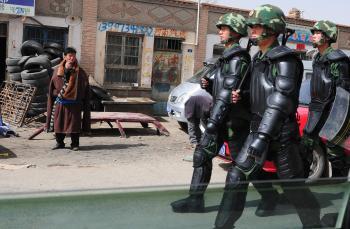
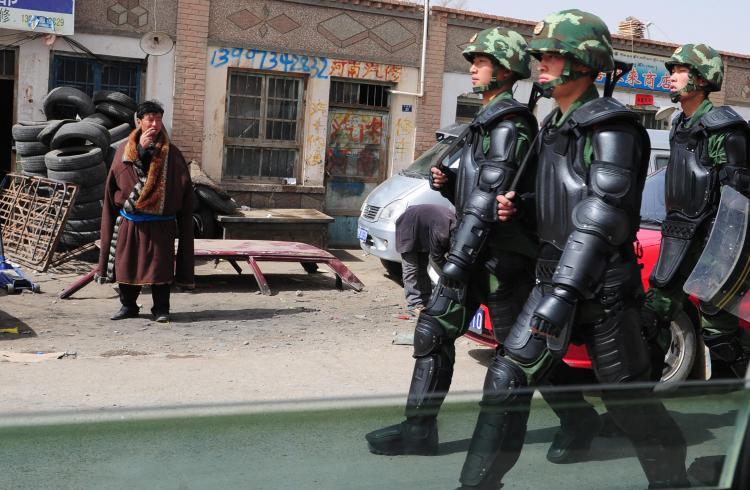
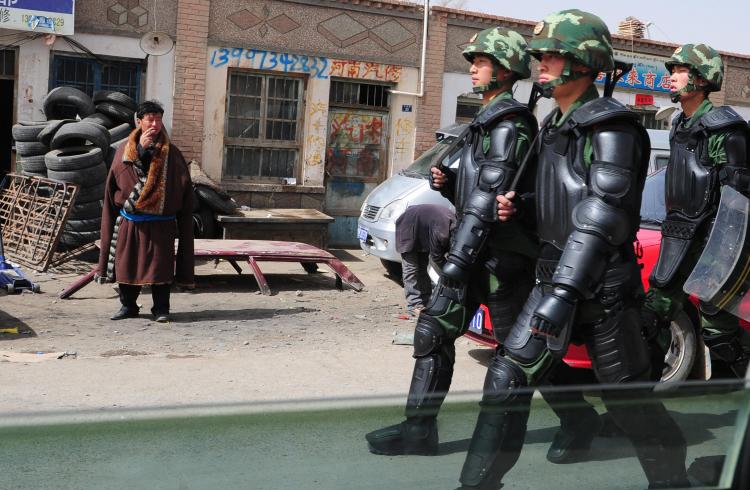
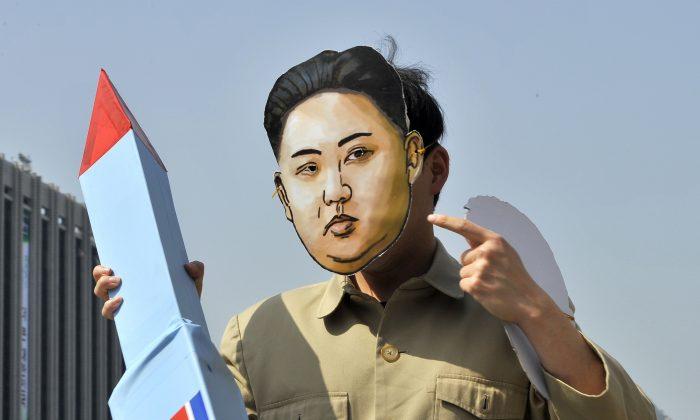
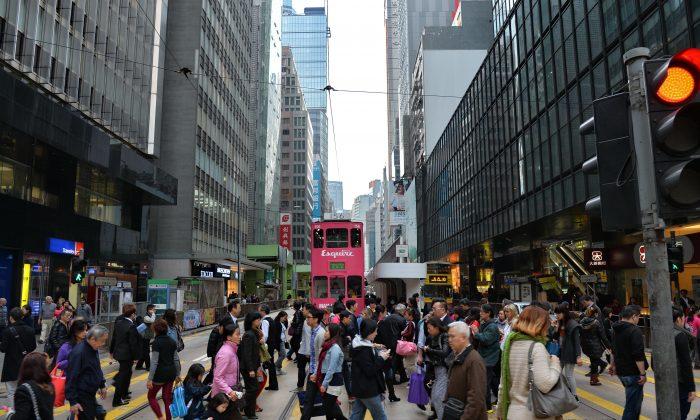

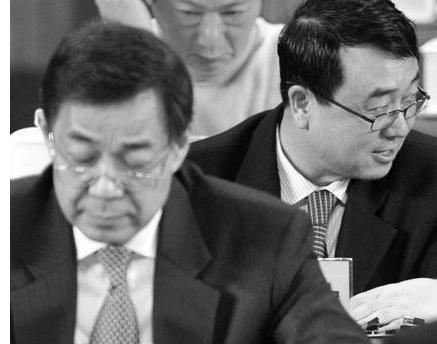
Friends Read Free